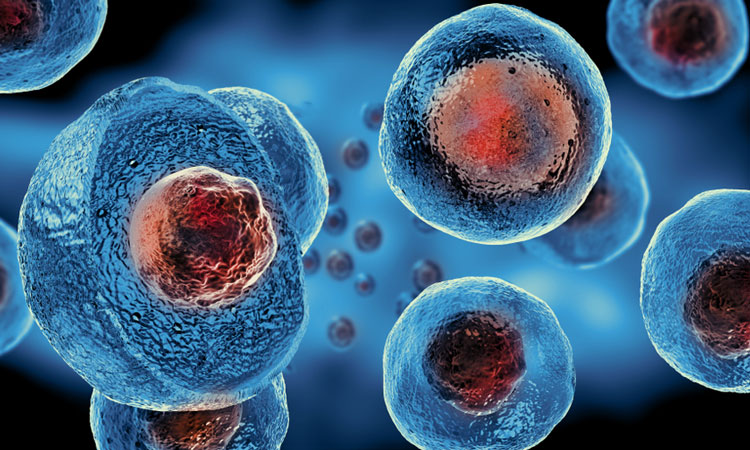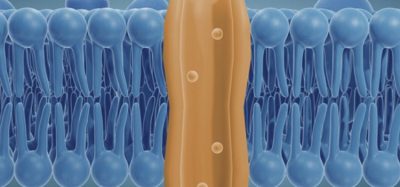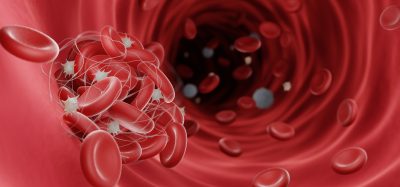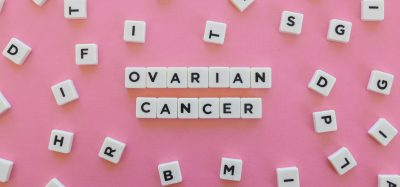Stem cell therapy with biodegradable scaffold
Posted: 5 November 2018 | Drug Target Review | No comments yet
A biodegradable scaffold used to transplant stem cells and deliver drugs, could help in the treatment of brain diseases…


Researchers have created a tiny, biodegradable scaffold to transplant stem cells and deliver drugs, which may help treat Alzheimer’s and Parkinson’s diseases, ageing brain degeneration, spinal cord injuries and traumatic brain injuries.
Stem cells are biological cells which have the ability to differentiate into other types of cell, and are usually obtained from bone marrow in adults. Scientists have also found stem cells to be present in blood vessels, the brain, skeletal muscles, skin and the liver. Despite this, they can be difficult to find and work with. Stem cells are also categorised by their potential to differentiate into different cell types. These include, pluripotent and multipotent stem cells.
Stem cell transplantation, which shows promise as a treatment for central nervous system diseases, has been hampered by low cell survival rates, incomplete differentiation of cells and limited growth of neural connections.
Biomarkers are redefining how precision therapies are discovered, validated and delivered.
This exclusive expert-led report reveals how leading teams are using biomarker science to drive faster insights, cleaner data and more targeted treatments – from discovery to diagnostics.
Inside the report:
- How leading organisations are reshaping strategy with biomarker-led approaches
- Better tools for real-time decision-making – turning complex data into faster insights
- Global standardisation and assay sensitivity – what it takes to scale across networks
Discover how biomarker science is addressing the biggest hurdles in drug discovery, translational research and precision medicine – access your free copy today
This technique uses the transplantation of multipotent hematopoietic stem cells, usually derived from bone marrow, peripheral blood, or umbilical cord blood. It may be autologous, allogeneic or syngeneic.
Rutgers scientists designed bio-scaffolds that mimic natural tissue and obtained some good results in test tubes and during in vitro experiments in the lab. These nano-size scaffolds hold promise for advanced stem cell transplantation and neural tissue engineering. Stem cell therapy leads to stem cells becoming neurons and can restore neural circuits.
“It’s been a major challenge to develop a reliable therapeutic method for treating central nervous system diseases and injuries,” said study senior author Dr KiBum Lee, a Professor in the Department of Chemistry and Chemical Biology at Rutgers University-New Brunswick. “Our enhanced stem cell transplantation approach is an innovative potential solution.”
The researchers, in cooperation with neuroscientists and clinicians, plan to test the nano-scaffolds in larger animals and eventually move to clinical trials for treating spinal cord injury. The scaffold-based technology also shows promise for regenerative medicine.
The study was published in the journal Nature Communications.
Related topics
Disease Research, Drug Discovery, Research & Development, Screening, Stem Cells, Therapeutics
Related organisations
Rutgers University-New Brunswick
Related people
Professor KiBum Lee








